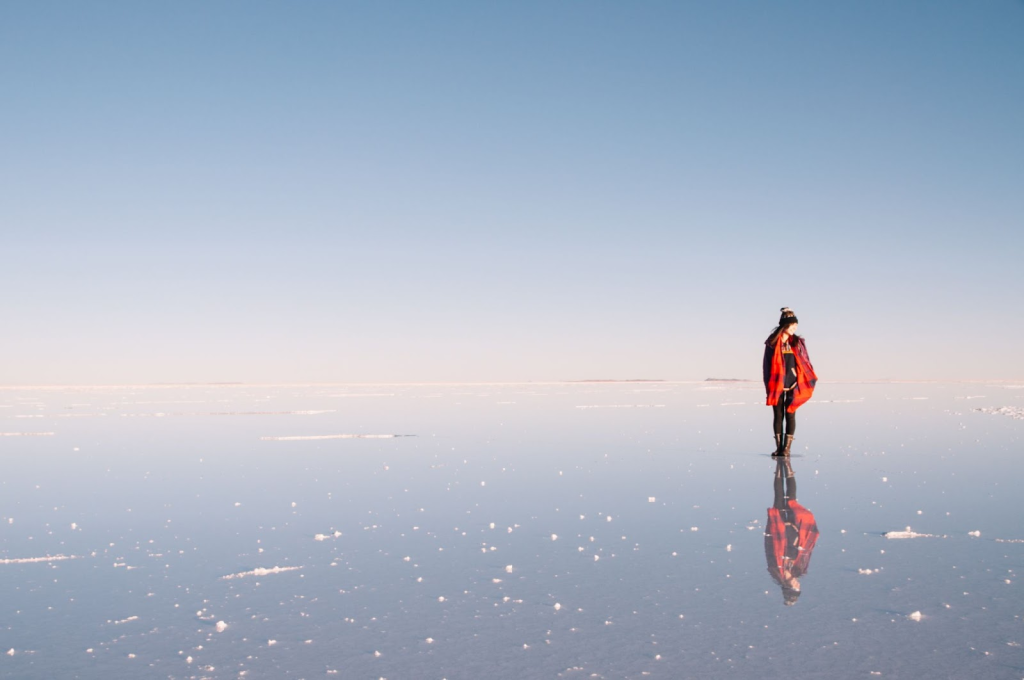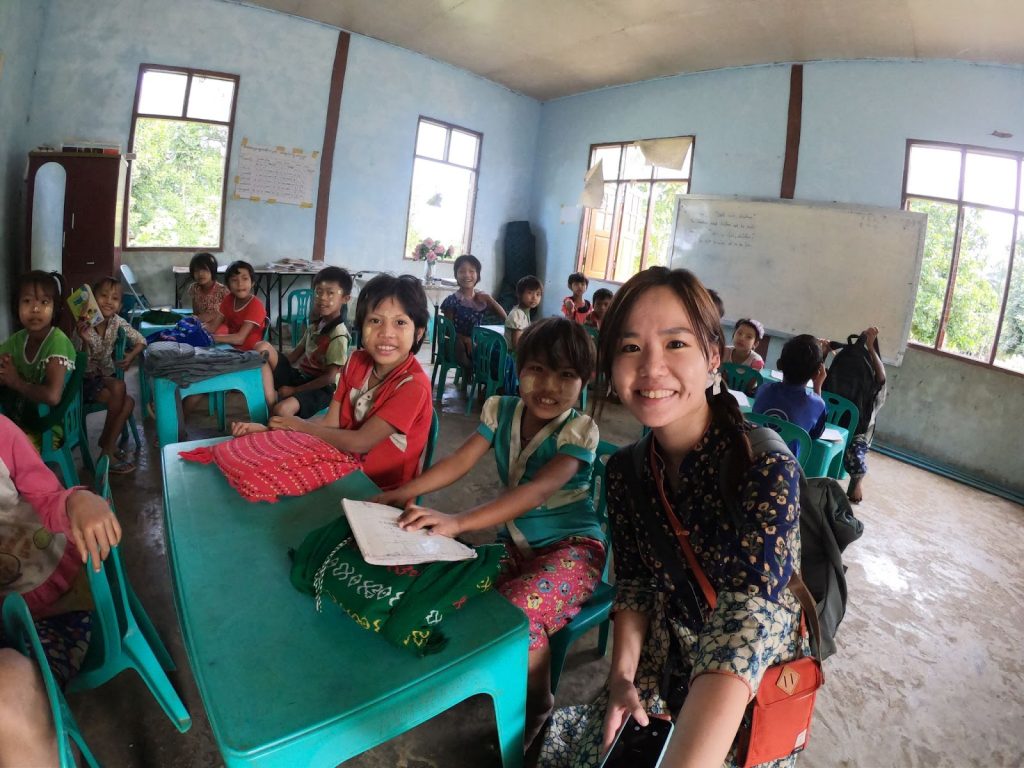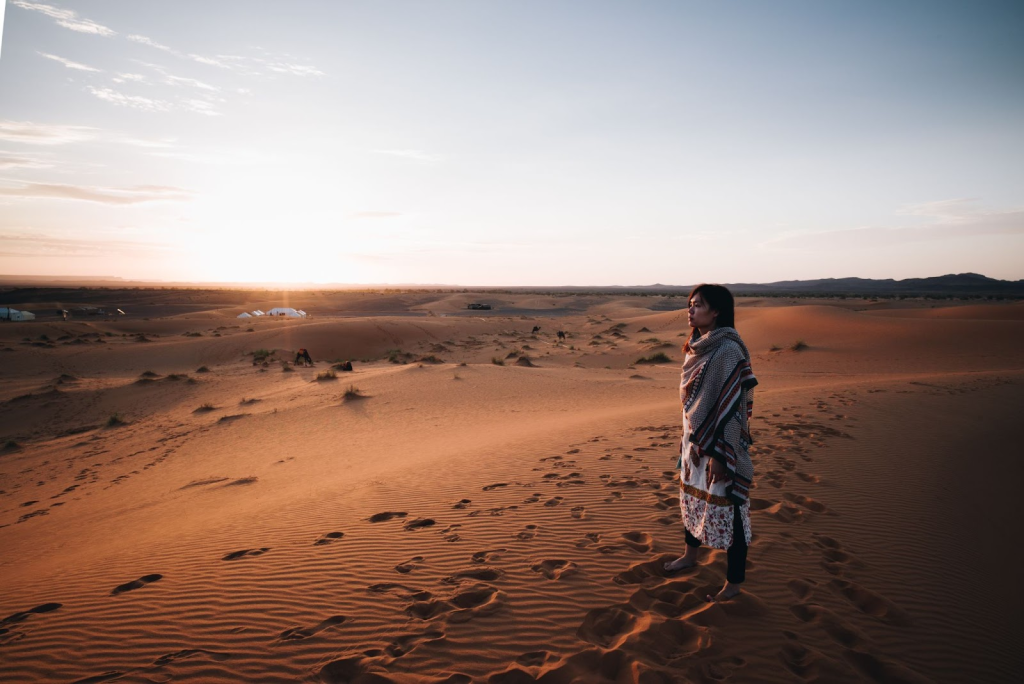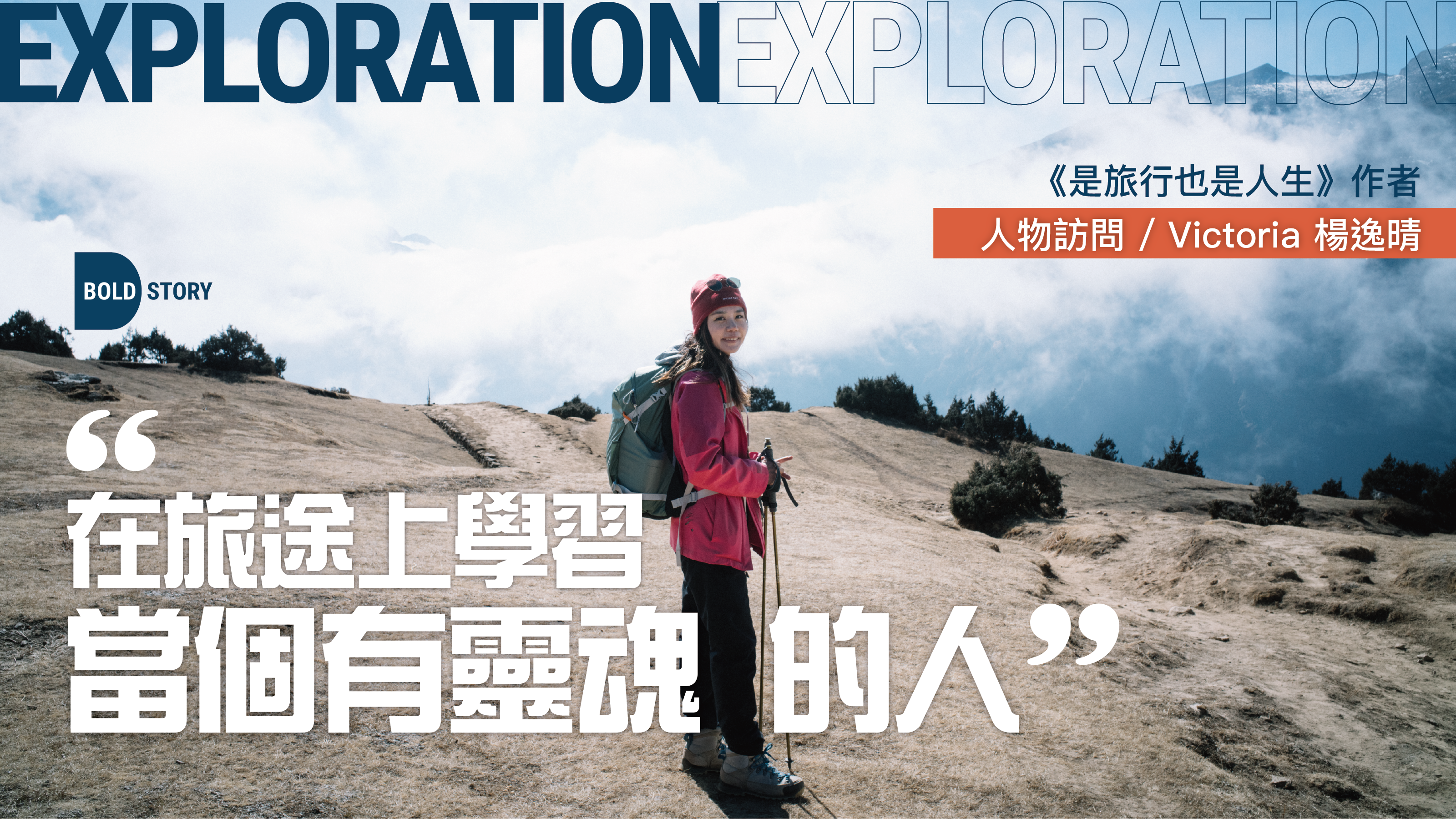On the first page of the book, Victoria begins with her aspiration to “become a soulful person.” Through her many travels, she realizes that the essence of life lies in the fact that we cannot control its length; therefore, we should strive to live life to its fullest. The depth of life comes from valuing the quality of our experiences, gradually becoming the person we want to be, and not allowing days to pass by in regret.

She organizes the book’s content based on the “timeline” of her growth in the mindset of travel. The first three chapters, titled “Impermanence,” “Pursuit,” and “Life,” explore how her travels have transformed her perspectives. For instance, during her first backpacking trip, she lost her luggage, which taught her about the “impermanence” of life. Later, as she fell in love with backpacking, she sought to “pursue” the life she admired at the time but gradually realized that “life” holds many possibilities and that what suits others may not necessarily suit her.
In the second half of “It’s Both Travel and Life,” the author redefines her outlook on the future. Victoria notes that many people around her have immigrated in recent years, which led her to experience the loss of “dispersal.” However, through her travels, she discovered that the world is filled with people who are already experiencing “dispersal.” Confronting the losses in her life, she learned what “regret” truly means. While sharing her 36-hour train journey in Vietnam in 2023, she reflects, “I met many people on the train, but when I arrived in Ho Chi Minh City, I was the only one left in the carriage.” Whether in life or on a journey, learning to appreciate the “process” is often more important than reaching the destination.

To gain new insights, you first need to step outside your comfort zone.
Victoria shares that she was easily brought to tears as a child, was afraid of the dark, and feared insects; she was quite timid. Initially, when she traveled alone, she often felt scared and lonely. However, she gradually realized, “We must first step out of our comfort zones and do things we have never done before, such as overcoming the fear of the unknown, to discover that we are much stronger than we think. Those situations and emotions that I thought I couldn’t handle, when faced alone during my travels, I was still able to conquer step by step.”

Traveling alone taught her to coexist with loneliness and to engage in self-dialogue. In the book, she mentions feeling extremely lonely during her journey on the Trans-Siberian Railway, which was enough to make her feel completely overwhelmed at the time. Interestingly, during the same journey, she came to realize that loneliness could be a powerful force, as it provided her the space to have conversations with herself, leading to insights and thoughts she had never experienced before.
Reinterpreting the Meaning of Money and Consumption
Have you ever wondered why schools don’t teach us about earning and managing money? People often say that making money is important, but many only grasp its nuances through trial and error. Victoria agrees that money and time can be spent in various ways: “Some people invest, some save, and others indulge in dining, entertainment, and shopping.” She has also spent her salary on fine dining and shopping but, after traveling alone, she became even more convinced that travel is the one expense that enriches the soul, providing a level of satisfaction that other experiences simply can’t match.
Traveling alone is like a condensed version of life. Plans often change, and when you’re on your own, there’s no one to rely on; you’re frequently forced to make all the decisions by yourself. Victoria reflects, “I can’t say I’ve become completely independent, but I can confidently say that I’ve learned, step by step, to make decisions for myself and take responsibility for those choices. I’m also learning to coexist calmly with life’s challenges.”
Life’s Journey: Understanding That There Is No One-Size-Fits-All Answer
“It’s Both Travel and Life” stands apart from typical travel books. Rather than focusing solely on leisure activities, the author emphasizes the insights gained from her journeys. As she mentions in the book’s introduction, “Travel allows me to see the vastness of the world while also recognizing my own ordinariness.” She believes there are countless ways to live, and there’s no one right answer to how to lead your life. We don’t need to conform to societal or external expectations; what truly matters is finding a lifestyle that fits us. She hopes that all the girls who have experienced impermanence, pursuit, life, dispersal, and regret will find resonance with the messages in her book.


